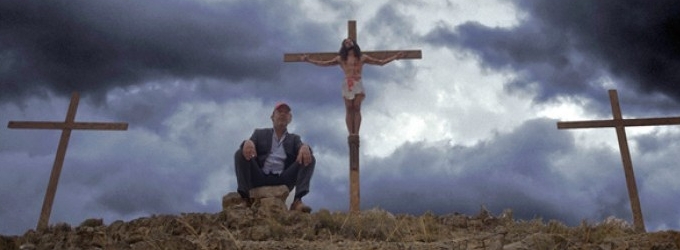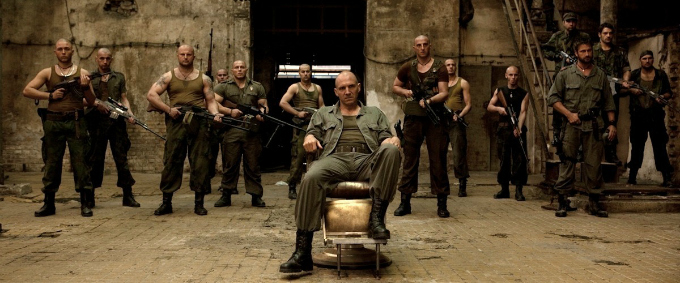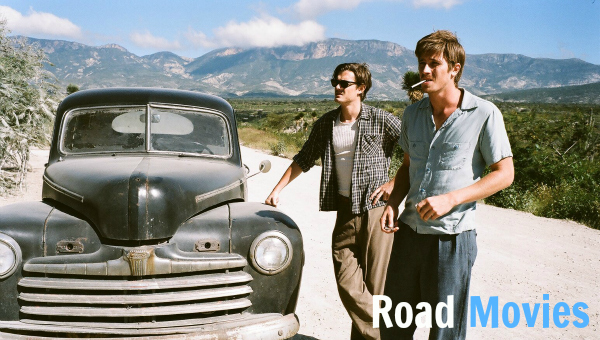 Wikipedia’s stubby web-page for road movies contains a bizarre, but also strangely telling, qualification: the term can still apply to scenarios where it can be a misnomer, such as when the plot of a film involves off-road travel. Yes, it’s funny, because it’s over-particular in a nerdy sort of way, but I think that it tells us that we’re a bit confused about what it all means.
Wikipedia’s stubby web-page for road movies contains a bizarre, but also strangely telling, qualification: the term can still apply to scenarios where it can be a misnomer, such as when the plot of a film involves off-road travel. Yes, it’s funny, because it’s over-particular in a nerdy sort of way, but I think that it tells us that we’re a bit confused about what it all means.
Type A
At one extreme (and the clue is in the title), I don’t think that anyone can doubt that there’s a clear sense in which ON THE ROAD (2012) is ‘a road movie’. However, Wikipedia also envisages an altered perspective, in addition to simply getting the miles covered.
This film has physical scope (achieved by dramatic scenery, albeit filmed thousands of miles from the travels made, and largely unnoticed by the participants), but the emotional range of the playground means that rather than crossing it to fall out with each other, they drive from Chicago to Los Angeles.
Would making a feature out of Palin in Himalaya turn it into a road movie, or does whatever sense of scale one might get from all those Bob Hope films make a telling journey ? In Fiennes’ CORIOLANUS (2011), he takes a hike to the country of the Volsci, but he does this because he has changed; his journey symbolises the change, but does not cause it.

Type B
Other pundits call a film like RAIN MAN (1988) a road movie, but there, the travelling is incidental to Charlie’s abduction of Raymond, which takes the brothers in a heartfelt way from envy to empathy. I’d say that AMERICAN PIE – SIDEWAYS (2004) is a lot like it, or HOPE SPRINGS (2012). They go somewhere and come back different, but…
Type C
Better than either of these, I would say, happens to be another Tom Cruise film, THE COLOR OF MONEY (1986), because the moving from town to town, bar to bar, is part of the restless genius – in that word’s full sense – of the younger and older hustler, and, in Atlantic City, we end up somewhere unexpectedly different.
The films that everyone sees as road movies, such as THELMA AND LOUISE (1991) and THE WIZARD OF OZ (1939), have characteristics of “do or die”, and not being able to go back, that we recognise; but are we too easily blinded to the important elements?
Much of HIT AND RUN (2012) is driving, but I’d say that it is Type A, whereas the more static film of dislocation in AS IF I AM NOT THERE (2010), feels like Type C. In Namibia in TIRZA (2010), we see and feel the journey made by Jörgen, whereas, until the end, the physical compass of THE NIGHT ELVIS DIED (2010) is narrow, but Aureli makes a journey on which we can hardly follow him.

